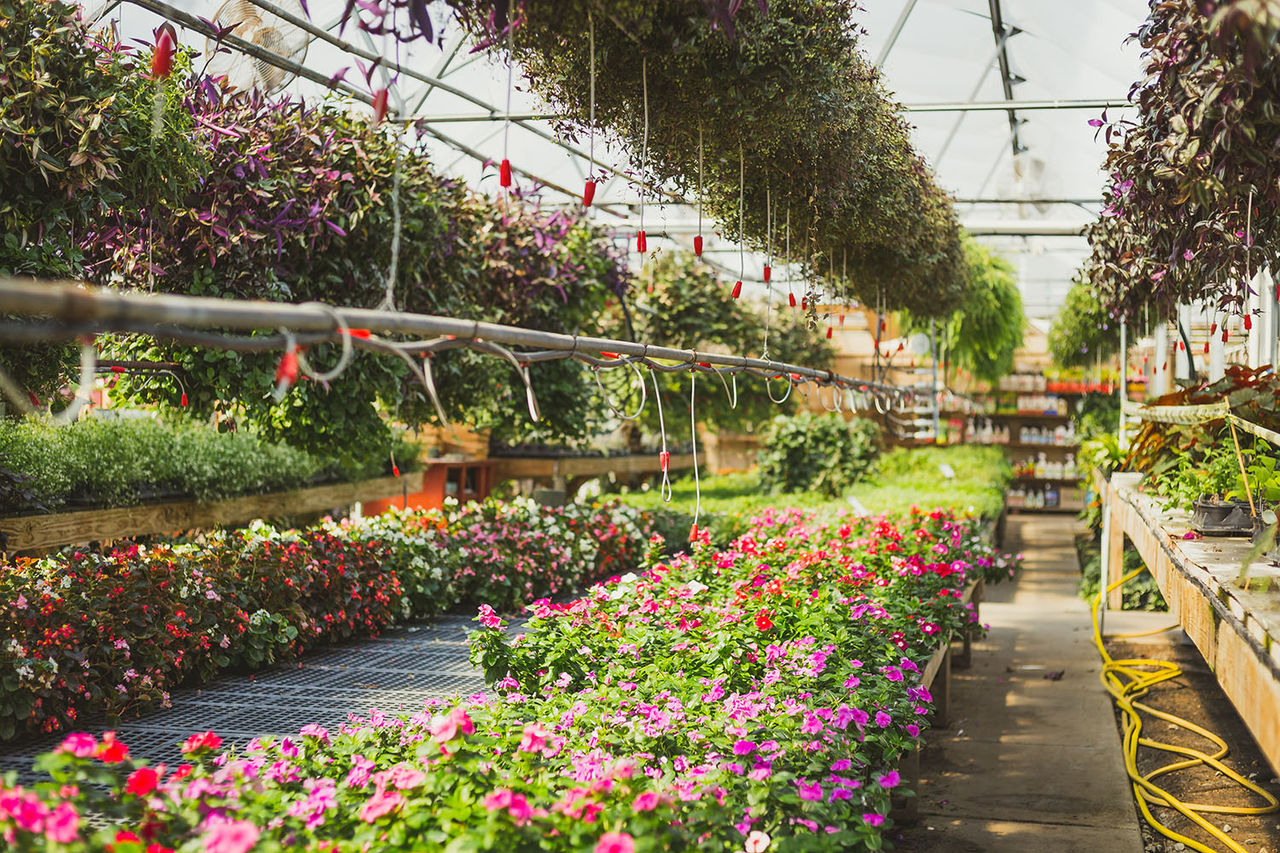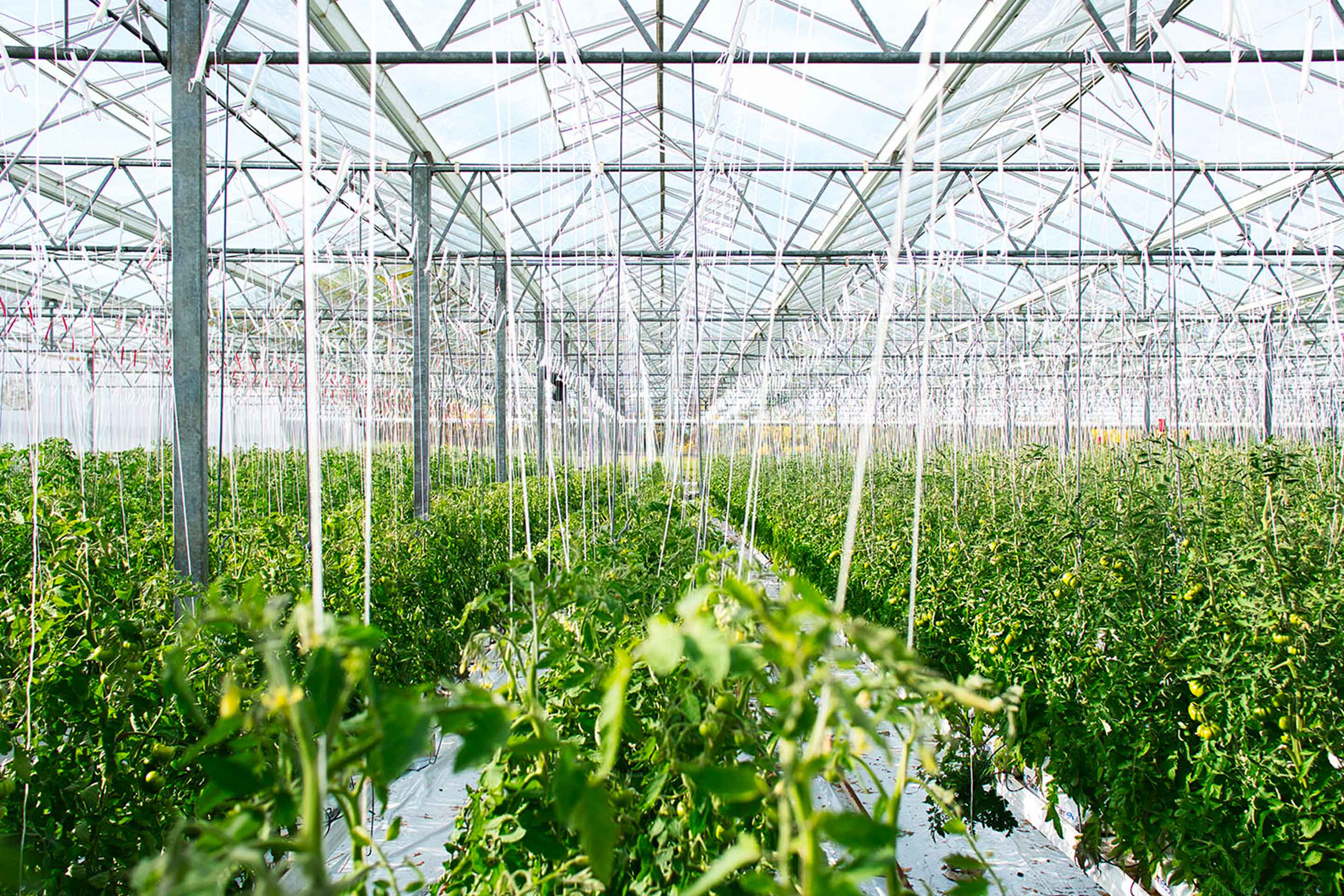With the ability to make engines far more efficient, improving performance, cutting down fuel costs and reducing emissions, it’s no surprise to find turbochargers in the biggest container ships, trains or earth moving equipment, but forced induction also has a place outside of transportation – in power plants, for example.
There are also plenty of other locations where you may not expect to find turbochargers – join us as we look at some of the more unusual locations.
In the Red Harvest tomato plantation
Growing crops is big business, but there’s a lot more to producing fruits (or vegetables) like tomatoes than you may think, and it’s far from a case of simply employing people to wander up and down with a watering can and letting the crops grow. Constant power is required when dealing with crops on an industrial scale, and the Netherlands’ Red Harvest opted for a GE J624 gas engine running ABB’s Power2 two-stage turbocharging to deliver the best possible mix of power and efficiency.
Using Power2 has made it possible to lower NOx emissions while maintaining optimal engine and fuel efficiency – a win-win when it comes to keeping Red Harvest’s tomatoes in the perfect environment.
Fun facts:
• With the help of Power2, Red Harvest has been growing tomatoes for over 30 years.
• The plantation covers nearly 40 hectares – that’s not far off the size of 40 rugby fields.
• A constant power source means tomatoes can thrive under artificial light – whatever the weather outside.

In the Serres Vinet greenhouse
Red Harvest is far from the only food producer to turn to turbocharging as a solution for its power requirements, and the Serres Vinet market garden in France is another location that runs a GE J624 gas engine – or in this case two – in order to provide power to over 30 hectares.
The Serres Vinet market garden opted for Power2 two-stage turbocharging for its engines back in 2011, and has enjoyed fault-free operation while achieving an overall energy efficiency of over 90 percent. This has enabled Serres Vinet to keep NOx emissions continuously below 350mg/Nm³, ever since.
Fun facts:
• Along with using gas engines to generate hot water and power for its greenhouses, Serres Vinet also gives power back to the local electricity grid.
• CO2 generated by the combined heat and power (CHP) plant is cooled and fed to plants in the greenhouses, actually helping to increase crop yields.
• Adding Power2 turbocharging technology guaranteed reliability and efficiency for Serres Vinet, with no unplanned downtime since installation.

At a cement factory in Russia
The greater efficiency provided by turbocharging – and more advanced two-stage solutions like ABB Turbocharging’s Power2 – is proving attractive across any and every industry, especially with the world’s current focus on the need to reduce emissions. While turbochargers are helping companies to grow food produce more efficiently at one end of the scale, the Verhnebakanskiy Cement Plant in Novorossiysk, Russia, also turned to the GE J624 gas engine to boost its existing on-site 44.3-megawatt gas power plant.
The GE J634’s two-stage turbocharger helps it to provide a total output of up to 4-Megawatts, giving the Verhnebakanskiy Cement Plant a healthy boost in power when needed most, increasing production in time for construction projects for the 2014 Winter Olympics in Sochi.
Fun facts:
• Prior to the latest addition, the Verhnebakanskiy Cement Plant already had 11 GE J624 gas engines kicking out over 44 megawatts of power – a world first when installed in 2011.
• The distributed power solution has an electrical efficiency of 45.6 percent, helping Verhnebakanskiy to reduce natural gas consumption and minimize its energy costs.
• A single GE J624 gas engine has the potential to meet the power needs of around 9,000 European households.

At Adelphi University, New York
University campuses tend to exist as microcosms of society, cramming in everything from shops and bars, to actual small-scale power stations. According to Northeast Energy Systems, Adelphi University in New York has a single GE J612 combustion engine in the basement of the Woodruff Hall, and although it doesn’t offer the more advanced two-stage turbocharging found on Red Harvest and the Serres Vinet’s generators, it has been designed to reduce the university’s energy consumption by providing base load for some of the campus’ energy requirements.
Fun facts:
• Adelphi University says it’s committed to reducing its environmental impact, focusing on energy saving to reduce electrical usage on campus. As a result, the university was able to redirect up to 400 kilowatts of Adelphi’s normal energy consumption back to the Long Island power grid.
• Adelphi is also looking to purchase additional generators to provide electricity for the Ruth S. Harley University Center and Hagedorn Hall of Enterprise in the event of a power outage – could the venerable GE J624 gas engine with Power2 two-stage turbocharging be a contender?

Image credits: Erwan Hesry, Thomas Martinsen, Christin Noelle, Priscilla Du Preez, Upsplash, Audi, Michael Reihnard














